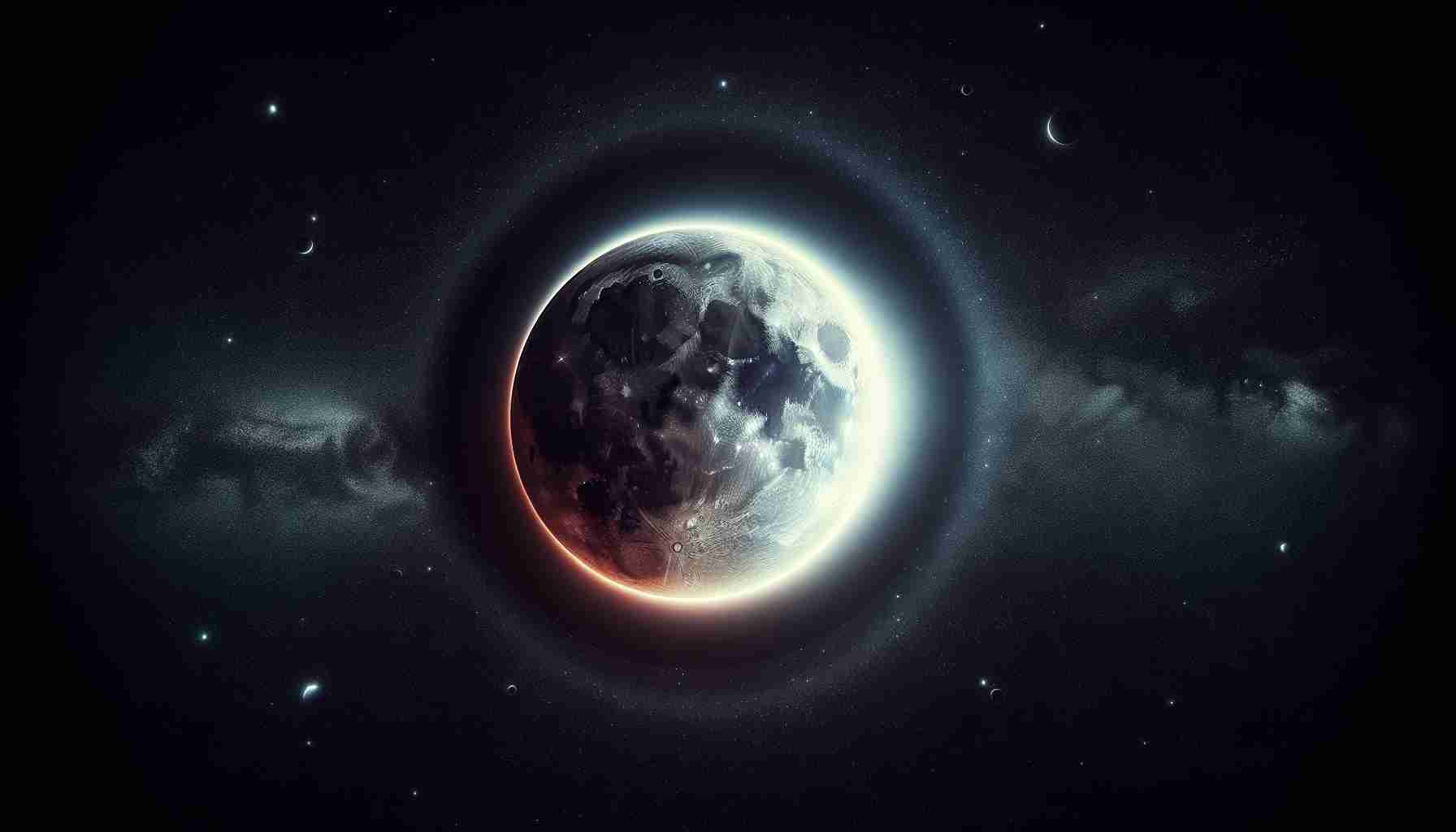
This week promises a stunning sight for astronomy enthusiasts across various continents. A full moon on Tuesday will align perfectly with a partial lunar eclipse, offering viewers in North America, South America, Africa, and Europe a spectacular glimpse of the moon as it partially slips into Earth’s shadow.
The phenomenon occurs when Earth interjects between the sun and the moon. This alignment blocks a portion of sunlight, leading to a dimming effect on the lunar surface. September’s full moon, commonly referred to as the harvest moon, signifies the seasonal transition associated with harvesting crops in the Northern Hemisphere.
This month’s moon also features the distinction of being a supermoon. It reaches its closest position to Earth in its 27-day elliptical orbit, which enhances its appearance, making it look noticeably larger and brighter in the night sky.
The partial eclipse will start around 8:41 p.m. ET on Tuesday. Observers may find the initial dimming subtle, but by approximately 10:13 p.m. ET, the moon’s upper edge will be engulfed by Earth’s shadow. The peak of the eclipse is expected at 10:44 p.m. ET, revealing about 8% of the moon immersed in darkness. Moments earlier, the full moon will reach its zenith at 10:35 p.m. ET.
As the event concludes around 12:47 a.m. ET on Wednesday, no special glasses are needed to witness this breathtaking lunar display.
A Celestial Celebration: Insights into September’s Supermoon Eclipse
This week, the sky will unveil an incredible astronomical spectacle that captivates experts and casual observers alike. September’s supermoon, coinciding with a partial lunar eclipse, promises joy for astronomy enthusiasts across multiple continents. As this celestial event approaches, several questions emerge about its implications and the science behind it.
What is a Supermoon Anyway?
A supermoon occurs when the full moon coincides with the moon’s nearest point to Earth in its elliptical orbit, known as perigee. This leads to a larger and brighter appearance than an average full moon. While this September’s supermoon will appear about 14% larger and 30% brighter than a typical full moon, it’s important to acknowledge that not every observer may appreciate the difference due to atmospheric variations and urban light pollution.
Why Do Lunar Eclipses Happen?
Unlike solar eclipses, which require specific viewing locations and protective eyewear, lunar eclipses offer a more accessible viewing experience. They occur when the Earth passes between the sun and the moon, casting a shadow on the lunar surface. There are three types of lunar eclipses: total, partial, and penumbral. The eclipse this September is classified as partial, as only part of the moon will enter Earth’s shadow.
Key Challenges and Controversies
There are several challenges associated with observing lunar events such as this eclipse. Weather conditions play a crucial role, as cloud cover can obstruct visibility. Furthermore, there is ongoing debate among amateur astronomers about the advisability of using telescopes vs. binoculars or simply viewing with the naked eye. Some argue that telescopes offer a closer view of the moon’s features, while others appreciate the broad perspective provided by unaided viewing.
Advantages and Disadvantages of Lunar Events
One of the advantages of observing lunar eclipses, especially during a supermoon, is the opportunity to witness a unique spectacle without the need for specialized equipment. This makes the event accessible to a broader audience. However, a notable disadvantage is that urban environments, with significant light pollution, diminish the overall experience for many would-be observers.
When and Where to See It
For those eager to catch this beautiful spectacle, the partial eclipse will commence on September 26 at approximately 8:41 PM ET, with the peak occurring around 10:44 PM ET. Observers across North America, South America, Europe, and parts of Africa will have the best visibility, as long as weather conditions permit.
Conclusion: More than Just a Show
As September’s supermoon eclipse draws near, it serves as a reminder of the cosmic wonders that surround us. Not only does it provide a captivating view, but it also reignites interest in astronomy, encouraging enthusiasts to explore the science behind these celestial phenomena. Whether you’re an experienced astronomer or a curious observer, the joy of witnessing this spectacular event is sure to leave a lasting impression.
For more information on astronomy and celestial events, visit NASA and The Astronomical Society.



